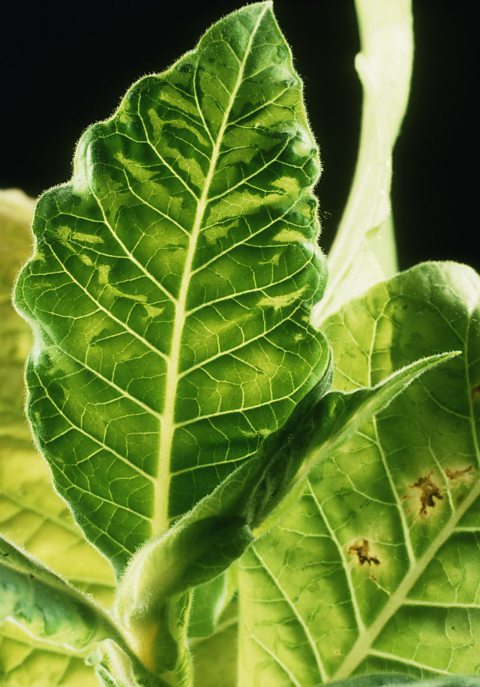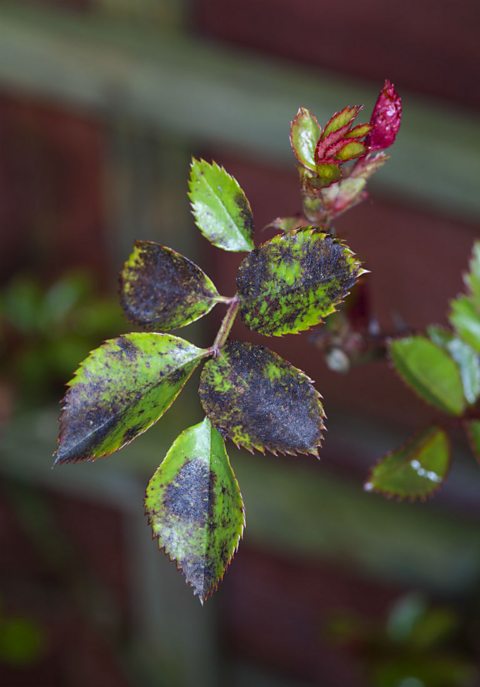Plant diseases - viruses and fungi
A pathogenMicroorganism that causes disease. is an organism that causes a disease. There are four types of pathogen that cause diseases in plants:
- fungiA large group of eukaryotic organisms that contain single-celled yeasts, moulds and mushrooms.
- virusAn ultramicroscopic infectious non-cellular organism that can replicate inside the cells of living hosts, with negative consequences.
- protistA eukaryotic, usually single-celled organism of the kingdom Protista.
- bacteriaSingle-celled microorganisms, some of which are pathogenic in humans, animals and plants. Singular is bacterium.
Diseases caused by pathogens are called communicable diseaseA disease that is caused by a pathogen and so is transmitted rather than inherited or caused by an environmental factor.. This means they can be caught. The spread of communicable diseases is called transmission The spreading of pathogenic disease, for example by touch, food, water..
Plant pathogens infect a hostThe organism lived on or in by a parasite., reproduce inside the host - or replicate themselves in the case of a virus - then spread from their host to infect other individuals.
Plant pathogens kill or reduce the growth of many plants. Plant pathogens of food crops usually reduce crop yieldThe amount of a crop harvested, usually represented as the mass from a certain area. and can be especially serious.
Viruses

The tobacco mosaic virus (TMV) infects tobacco plants and other closely related species, such as tomatoes and peppers.
TMV is transmitted by contact between plants, either naturally or on the hands of farmers or contaminated clothes or tools.
TMV infects the chloroplastContains the green pigment chlorophyll; the site of photosynthesis. of plant leaves and reduces the plant's ability to photosynthesisA chemical process used by plants to make glucose and oxygen from carbon dioxide and water, using light energy. Oxygen is produced as a by-product of photosynthesis. Algae subsumed within plants and some bacteria are also photosynthetic.. The leaves change colour from green to yellow or white and develop a mosaic pattern. It can also make leaves crinkled or curled up. This and the reduction in photosynthesis means that the plant will not grow properly, and will reduce farmers' crop yields.
Fungi

Rose black spot is caused by a fungus which infects roses. It infects leaves and causes black or purple spots on the leaves. The rest of the leaves often turn yellow and drop off the plant. This reduces the plant's ability to photosynthesise and therefore reduces growth.
Rose black spot is spread by the spores of the fungus that are produced in the black spots.
The spores can be transmitted in air or water - blown by the wind or in raindrops - as well as being transferred from plant to plant by gardeners.